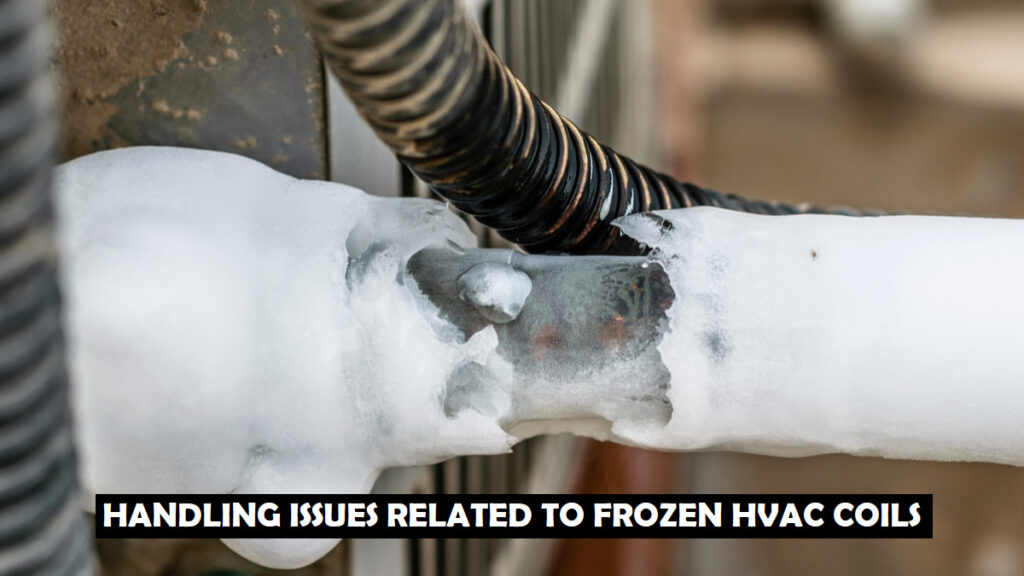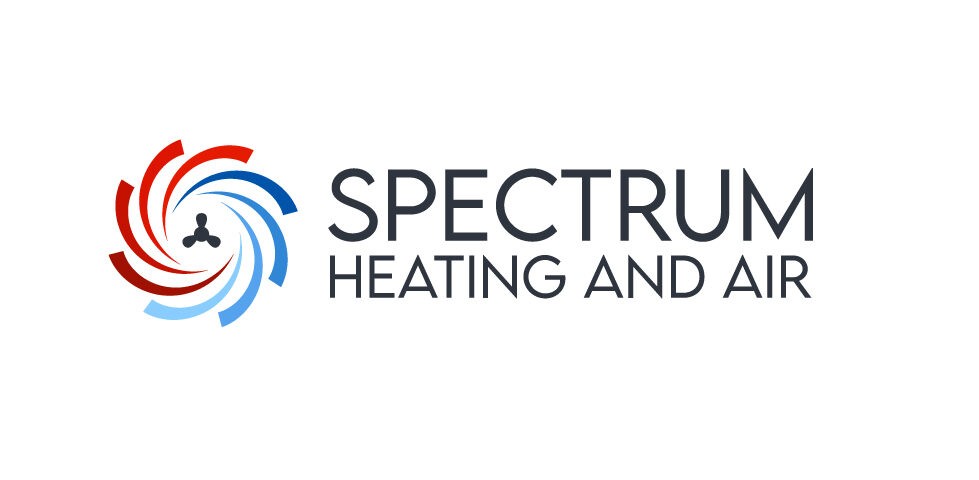Maintaining a comfortable and regulated indoor environment is paramount in any residential or commercial space. To achieve this, HVAC systems are indispensable. However, even the most sophisticated HVAC systems can encounter issues over time, with one of the most common being frozen HVAC coils and condensation-related problems. In this comprehensive article, we will dive deep into the intricacies of these issues, exploring the causes behind frozen coils and condensation in HVAC systems. Furthermore, we will shed light on the meticulous methods employed by HVAC services to address and resolve these issues effectively, ensuring the optimal functioning of your HVAC system.

Understanding the Causes
1. Insufficient Airflow
One of the primary culprits behind the freezing of HVAC coils is insufficient airflow. Imagine your HVAC system as a living, breathing entity; it needs a consistent flow of air to operate efficiently. When airflow is restricted or impeded, the coils can’t perform their heat exchange function adequately. This leads to a drop in temperature around the coils, causing moisture in the air to condense and freeze on their surfaces.
2. Refrigerant Problems
Another prevalent cause of frozen HVAC coils stems from issues related to the refrigerant. Refrigerant is the lifeblood of your HVAC system, responsible for absorbing and releasing heat to regulate the indoor temperature. If there are problems with the refrigerant levels or the refrigerant itself, the coils can suffer. Low refrigerant levels, for instance, can result in the coils becoming too cold, thereby encouraging condensation and eventual freezing.
3. Dirty or Clogged Filters
In the complex machinery of HVAC systems, even seemingly minor issues can lead to significant problems. Dirty or clogged air filters may appear innocuous at first glance, but they can have a substantial impact. These filters serve as the gatekeepers of your HVAC system, ensuring that the air is clean and free of particles that can harm the system. However, when these filters become dirty or clogged, they obstruct the airflow, making it difficult for the system to regulate temperature properly. This can lead to condensation forming on the coils, which, in turn, can freeze over time.
4. Thermostat Malfunctions
The thermostat is the brain of your HVAC system. It determines when the system should run, for how long, and at what temperature. However, if the thermostat malfunctions or fails to communicate effectively with the HVAC system, it can lead to excessive running times. Prolonged operation, especially in humid conditions, can result in increased condensation on the coils, eventually causing them to freeze.
How HVAC Services Address Frozen Coils
1. Thawing the Coils
When you encounter frozen HVAC coils, it’s essential to act promptly to prevent further damage to your system. One of the first steps that HVAC professionals take is to thaw the frozen coils. They do this by turning off the HVAC system to allow the coils to naturally defrost. This controlled thawing process prevents damage to the coils and the surrounding components.
2. Identifying and Rectifying the Underlying Issue
Thawing the coils is only a temporary solution. To prevent future occurrences, HVAC technicians conduct a thorough examination of the system to identify the root cause of the freezing issue. Whether it’s a clogged filter, low refrigerant levels, or another underlying problem, they address it accordingly. This step is crucial in ensuring that the issue doesn’t resurface in the near future.
3. Cleaning and Maintenance
Regular maintenance is the key to ensuring the continued efficient operation of HVAC systems. HVAC services not only thaw frozen coils and address immediate concerns but also perform comprehensive cleaning and maintenance. This includes cleaning the coils, replacing air filters, and checking refrigerant levels. By doing so, they ensure that the system remains in optimal condition, reducing the likelihood of frozen coils in the future.
4. Adjusting Airflow
Proper airflow is vital for an HVAC system to function efficiently. HVAC professionals may make adjustments to the system’s airflow by ensuring that vents and ducts are clear of obstructions. This allows for the proper circulation of air, reducing the chances of frozen coils due to insufficient airflow.
Dealing with Condensation
1. Drainage Solutions
Apart from frozen coils, condensation can also be a concern in HVAC systems. HVAC services take proactive measures to address this issue. They install proper drainage systems within the HVAC setup to channel excess condensation away from the coils. This prevents the accumulation of moisture that could lead to freezing.
2. Insulation
Insulation plays a crucial role in preventing condensation-related issues in HVAC systems. HVAC services insulate various components of the system to maintain a consistent temperature. This insulation helps in controlling humidity levels, reducing the chances of condensation forming in the first place.
In conclusion, frozen HVAC coils and condensation-related problems are not uncommon issues faced by HVAC systems. However, with the help of professional HVAC services, these issues can be effectively managed and resolved. Regular maintenance, prompt intervention, and a keen understanding of the underlying causes are the cornerstones of ensuring that your HVAC system operates efficiently. By taking these measures, you can enjoy a comfortable and well-regulated indoor environment year-round.




